When people heard I was traveling to Amsterdam, they offered the usual “Have fun!” When they heard we’d rented a houseboat, they blinked. “Really?” they asked, leaning in. “I’ve always wanted to stay on a houseboat!”
Perhaps they were intrigued after watching movies set on houseboats such as Patrick, TV shows such as My Floating House or even Episode 6 of the recently concluded season of Ted Lasso, in which the houseboat was a real scene-stealer. Houseboats have captivated popular imagination – and for good reason. For those visiting Amsterdam, a floating house on the canal forges a connection with Dutch maritime history while offering a charming vantage from which to view the vibrant city.
Because typical houseboats aren’t roaming the high seas but docked along regulated boat slips, they tend to be between 14 and 30 meters long. That means every meter counts, so design is thoughtfully engineered to be both beautiful and functional. This may account for the favourite-sweater feeling one gets when stepping inside a houseboat – a feeling best captured by the Dutch word gezelligheid, a word similar to the Danish hygge, and similarly difficult to translate into English.
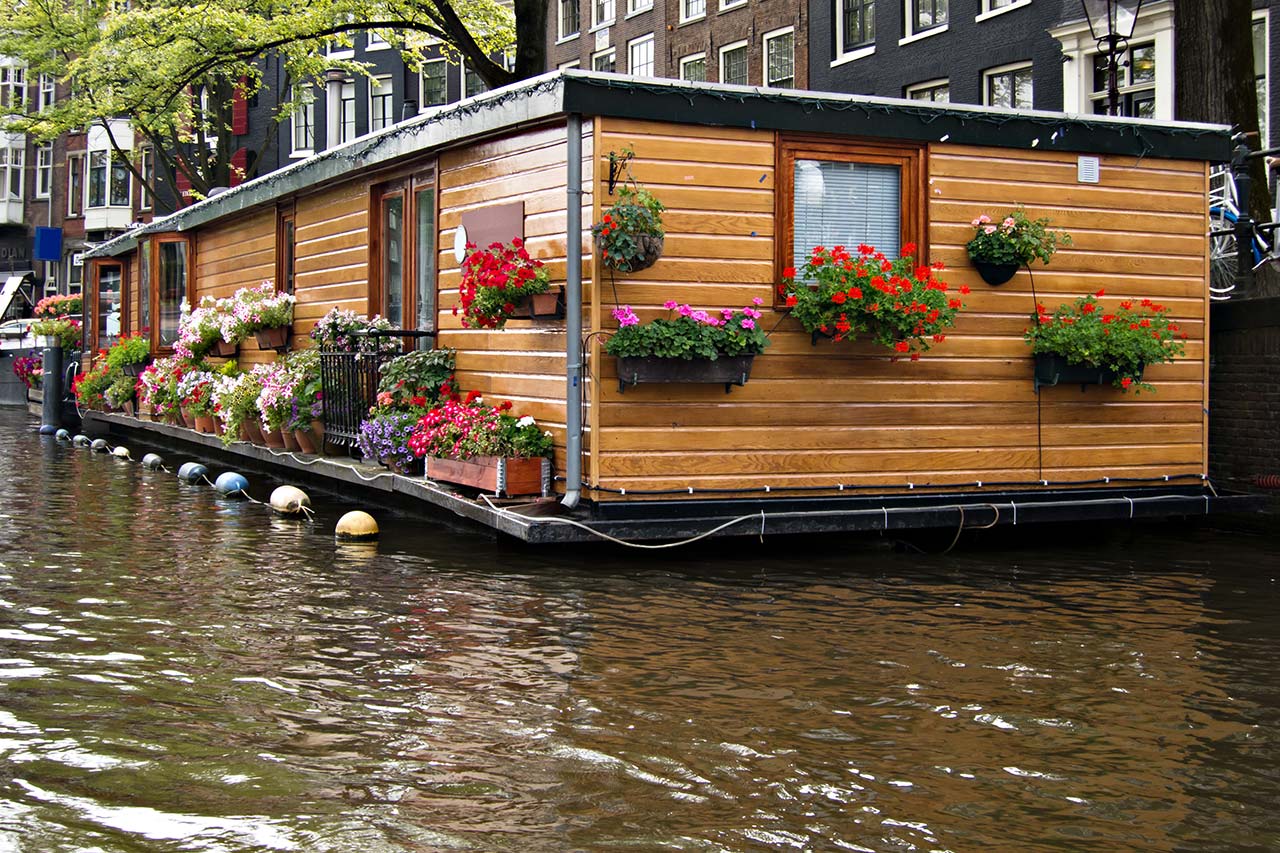
Houseboat history: from wartime refuge to luxury digs
Amsterdam’s history of canals began in the Middle Ages, when moats built for defense were eventually incorporated into the growing city. In the 17th century, additional canals formed a network of shipping routes which grew the city’s wealth and prestige, ushering in the Dutch Golden Age.
All this time, canal-adjacent housing was the domain of the poor. That began to change after World War II, when houseboats provided an innovative solution to Amsterdam’s housing shortage. Unused cargo ships were docked along the canals and converted into affordable apartments, avoiding rent and taxes. As these places got spiffier and more desirable, they also became less affordable. Now the city’s 2,256 houseboats slips are highly sought after and the woonboots have become a source of pride for Amsterdammers and a major draw for visitors.
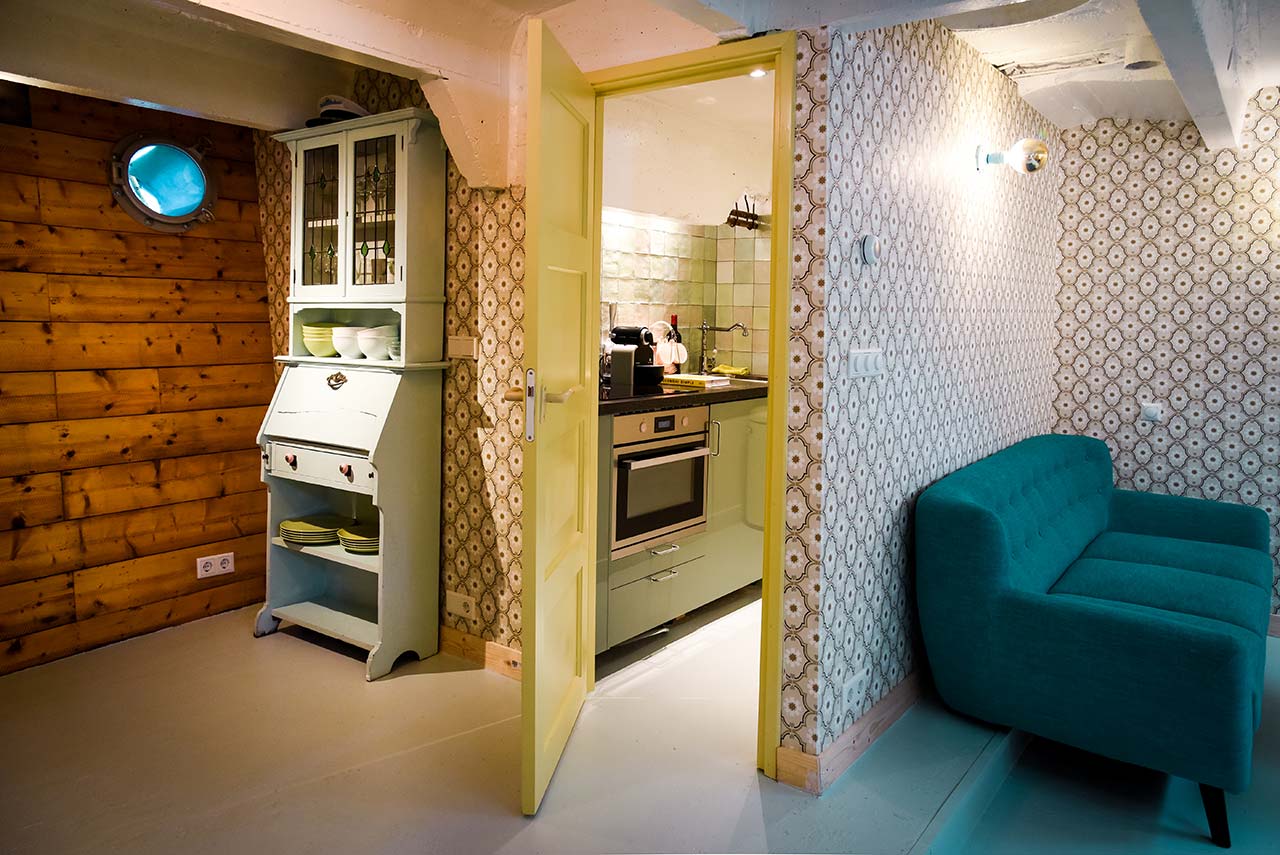
Today’s houseboats: country life in the city
Far from primitive dwellings, the houseboats dock almost nose-to-nose throughout the city have gas, water, electricity and WiFi. They also frequently boast eco-friendly design, solar panels and the careful curation typical of the “tiny house” movement.
For travellers, houseboats can be a great alternative to hotels, especially for small groups, because all houseboats (from one-bedrooms to the floating mansions that sleep 30) have kitchens and lounge spaces. The three-bedroom one my friends and I decided on is located on the Nieuwe Prinsengracht canal in the Plantage neighbourhood, an idyllic tree-lined canal overlooking a bridge that teems with bicycles. It allows each of us the privacy of our own snug quarters as well as the joys of communal living – being all in the same boat, so to speak.


While urban hotel rooms usually lack windows you can actually open, even the humblest of houseboats have decks, often garnished with a potted plant and a café table, perfect for sipping a Grolsch. The flat roofs of most boats host container gardens that are fun to admire and compare when strolling along the canals.
One evening, I come across a houseboat whose roof resembles a fairy garden, festooned with strings of twinkle lights, flower pots everywhere and a gate of interwoven twigs. I’m about to snap a photo of it when its owner pops the hatch. I hastily lower my phone. “It’s okay,” she shouts. “Everyone photographs my home! It’s famous!”
She and her husband have lived there for seven years. When I compliment her garden, she gazes at it with pride, then bends to snip some chives. “I was a country girl. Then I got married and we lived in a flat in the city. But then we moved here, so now we live in the country in the city.”
“Is that the best part of houseboat living?” I asked.
“Well, that, and no loud neighbours in the flat above me throwing dance parties!”
A unique view into this canal city
As fun as it is to peer into houseboats, the best part about renting one is the ability to peer out and watch the city go by. Separated from you by a mere pane of glass, there’s a nearly constant parade: solo kayaks, all-business crew teams, tricked-out party barges and luxury small craft. Was I alone in ogling this pageantry? Hardly – our houseboat comes equipped with binoculars.
Watching the human animals is rivalled only by watching the non-human animals, as ducks and egrets cruise the waterways, and the cries of seagulls mingle with the gently lapping water, right in the heart of a buzzing city criss-crossed with bridges and bicycles. In the mornings, I share my breakfast with a swan and her five cygnets – they glide before the kitchen window as I toss them pieces of baguette.
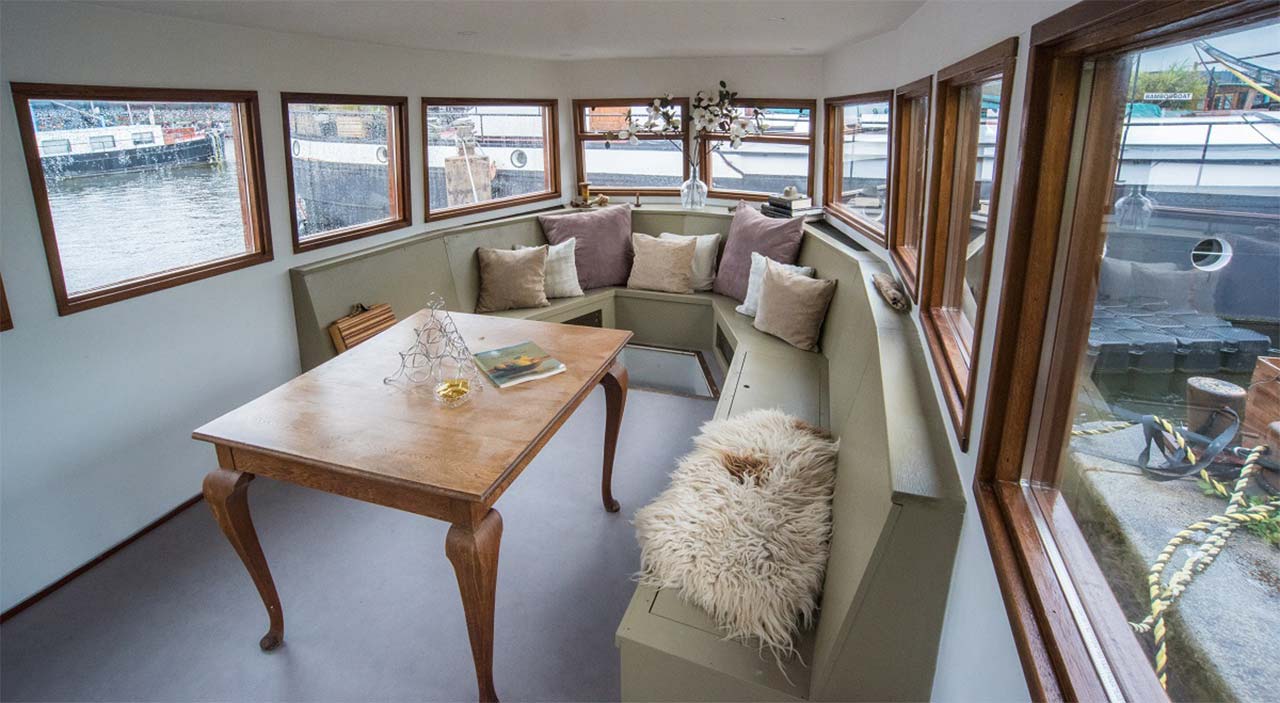
Find your gezellig rental
Scoring a houseboat is as easy as any vacation rental, and provides the same range of options, from budget-friendly to splurge-worthy. There are several websites that specialise in houseboat rental, such as Book a Houseboat. I booked ours through Airbnb, which has the option to filter for houseboats under the “type of accommodation” tab.
One factor especially worthy of consideration is location. Although the most affordable houseboats will be on the outskirts of the city – and these are often the quietest canals, which some travelers might prefer – they are also less likely to be near the popular sights, markets and restaurants. Stay inside the U-shaped curve of the Prinsengracht canal to be near the action. The most fashionable neighbourhoods usually have the most lavish houseboats, and the Jordaan neighbourhood, near the city centre, is the trendiest, though you’ll experience more boat traffic there. Look for the smaller canals just off the main canals to hit that sweet spot of city access with fewer party barges.
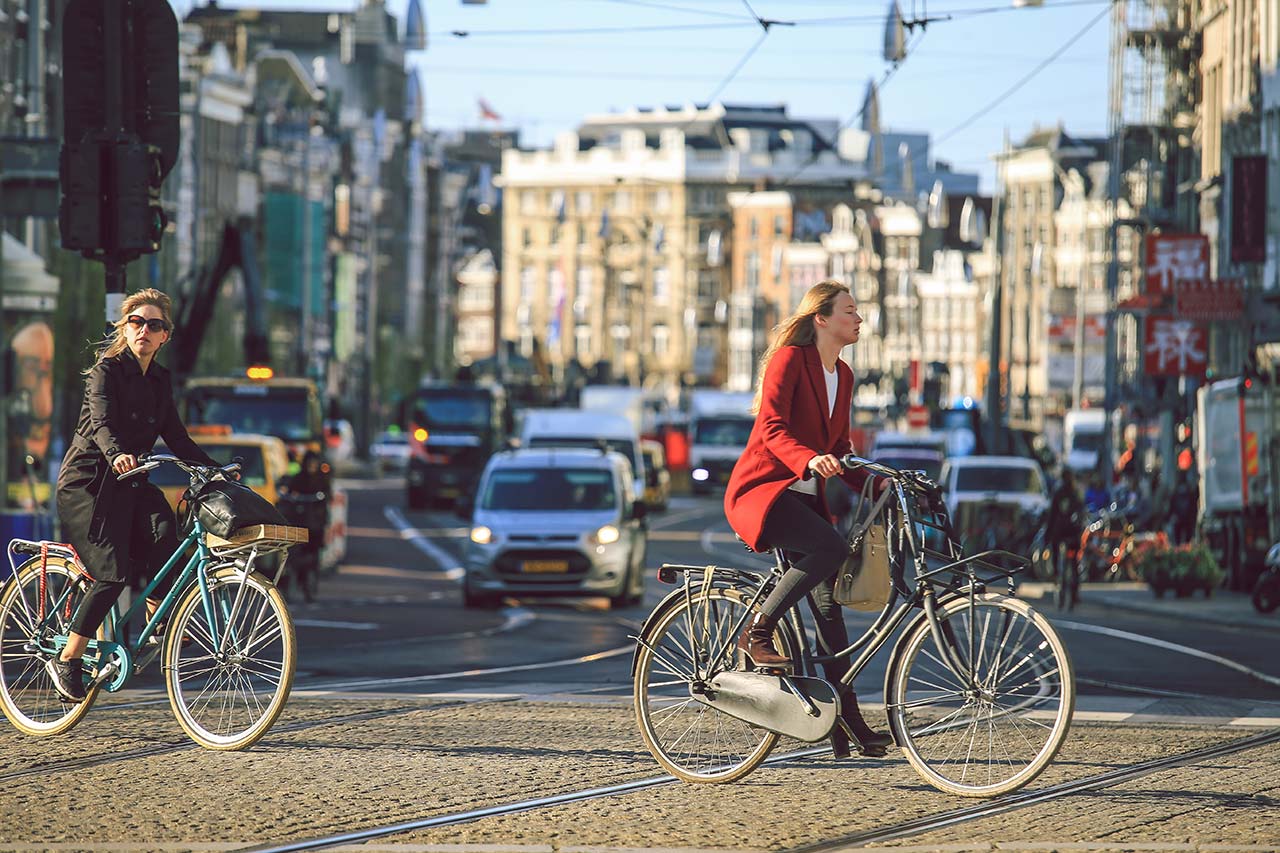
Know before you go
- Most modern houseboats aren’t navigable and lack engines. Built on concrete pontoons, they are stable and won’t make you seasick – so you can leave the Dramamine at home.
- Some houseboat rentals include use of bicycles, so you can join the locals on the roads of this bicycle capital of the world.
- Folks with accessibility issues will have to work hard to find a boat without at least some stairs.
- Amsterdam hosts several festivals during the year, with a few of them occurring on the water. When planning, check dates for the Queens Day Parade and Gay Pride – coinciding your stay with these festivals might mean extra fun, but also extra boat traffic. The Light Festival, in December and January, is off-season so doesn’t provide the same traffic concerns.
- Although you’re already staying on the water, you’ll want to book a boat tour through the canals. You’ll get to take in some of the city’s 90 islands and 1,500 bridges – and some extraordinary houseboats.
- If you’re not ready to sleep on a houseboat but are intrigued by the idea or curious for more history, head to the Houseboat Museum on Prinsengracht. Located on a former cargo ship built in 1914, the living spaces have been kept as they were in the 1950s by the original Dutch family.
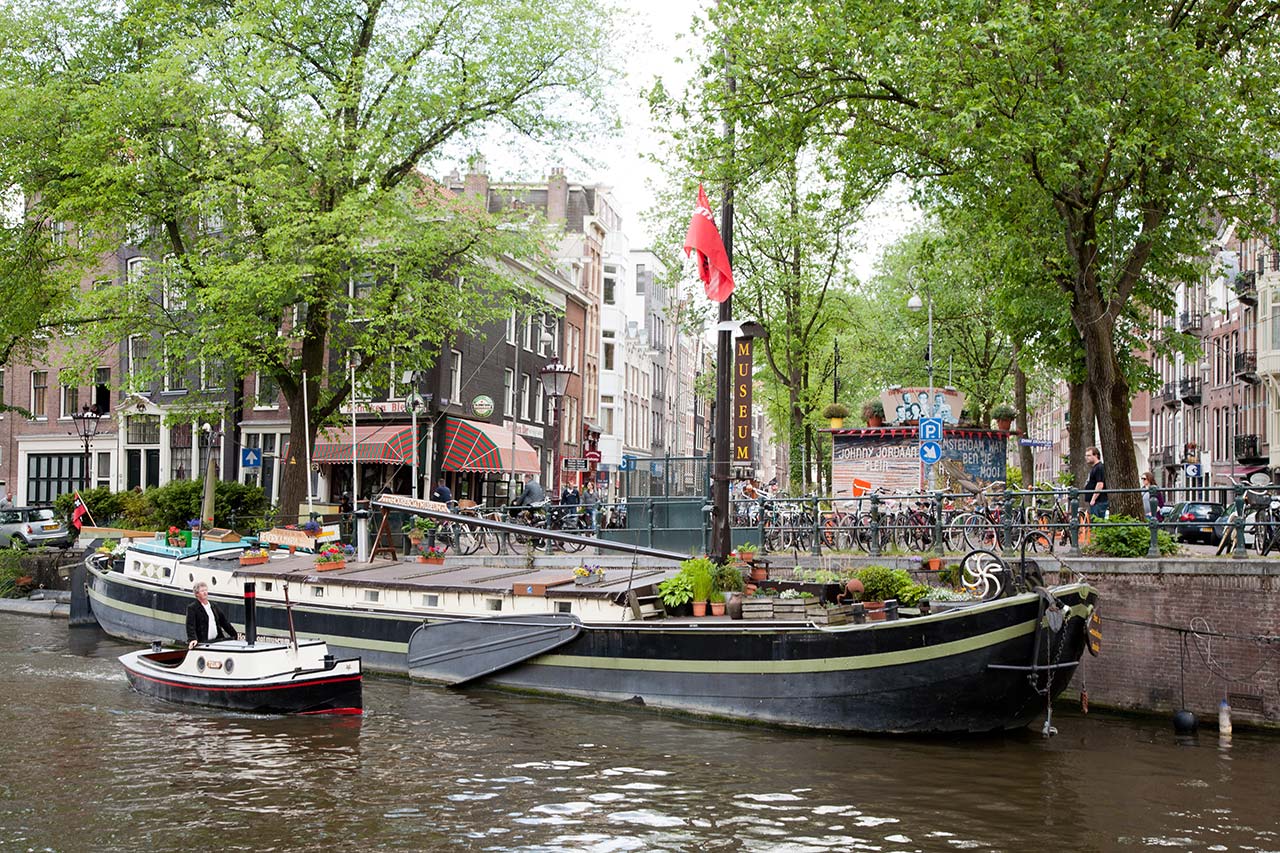
For more information on Singapore Airlines flights to Amsterdam, click here.
The post The joys of renting a houseboat in Amsterdam appeared first on SilverKris.
from SilverKris
No comments:
Post a Comment